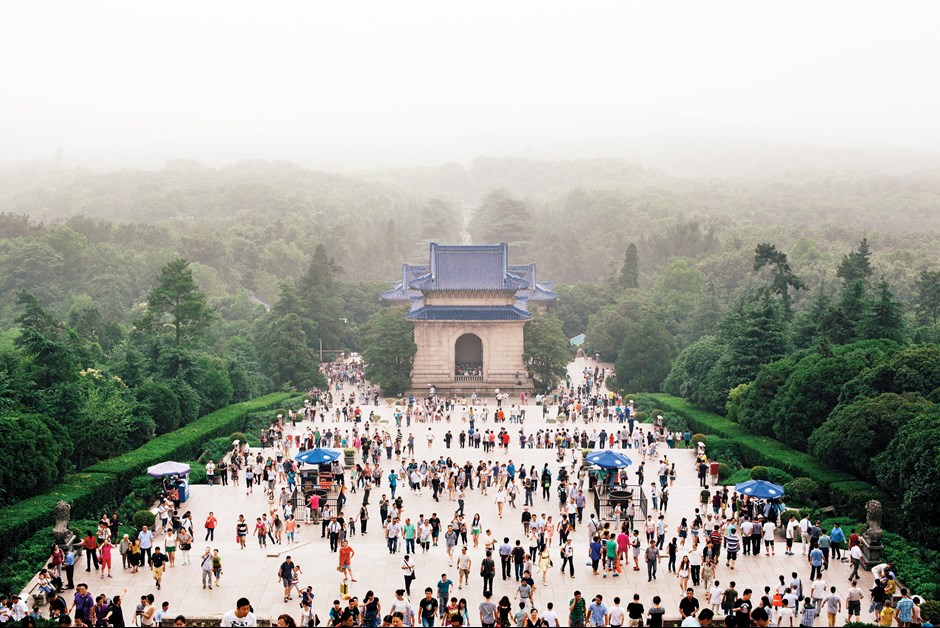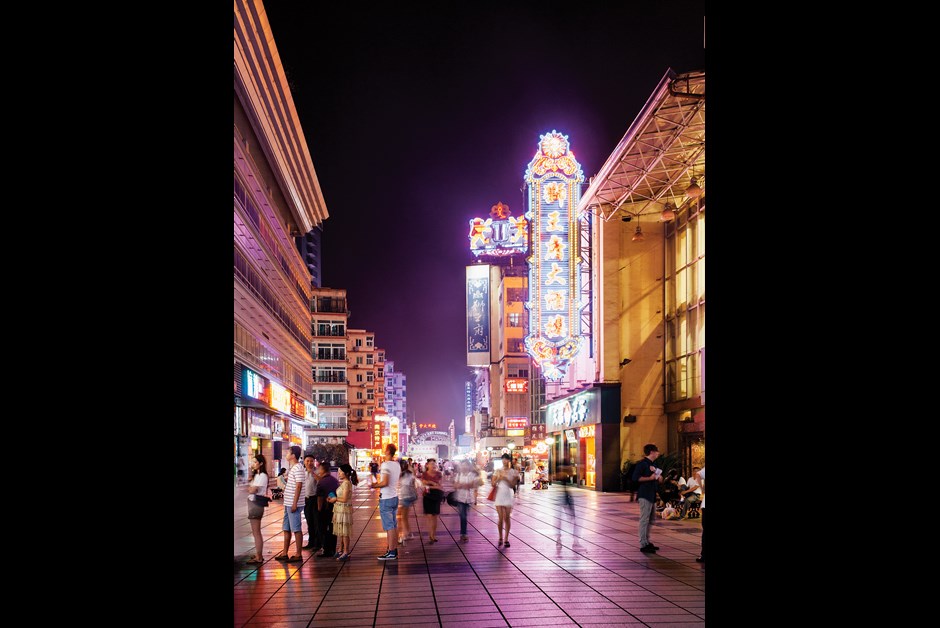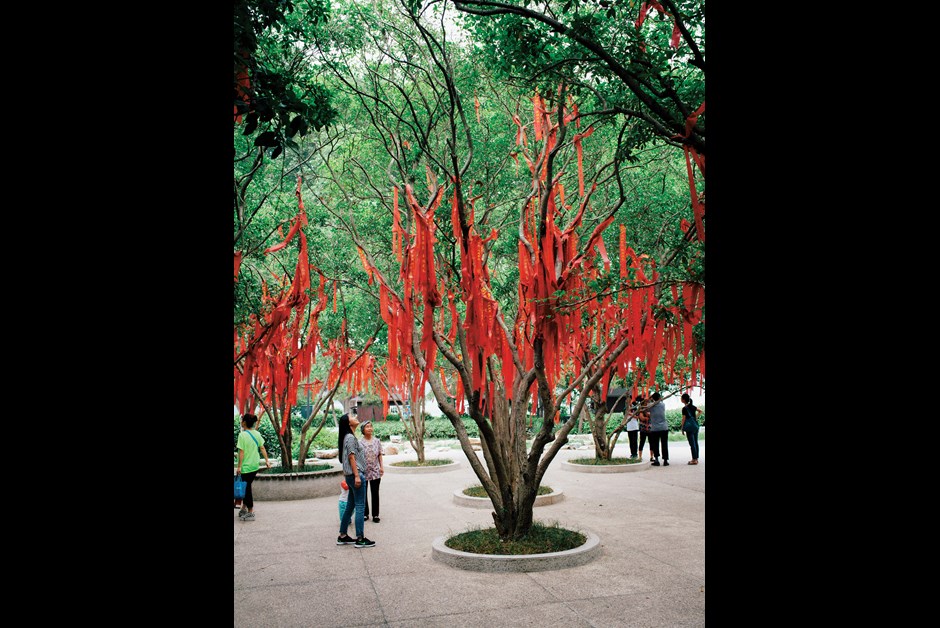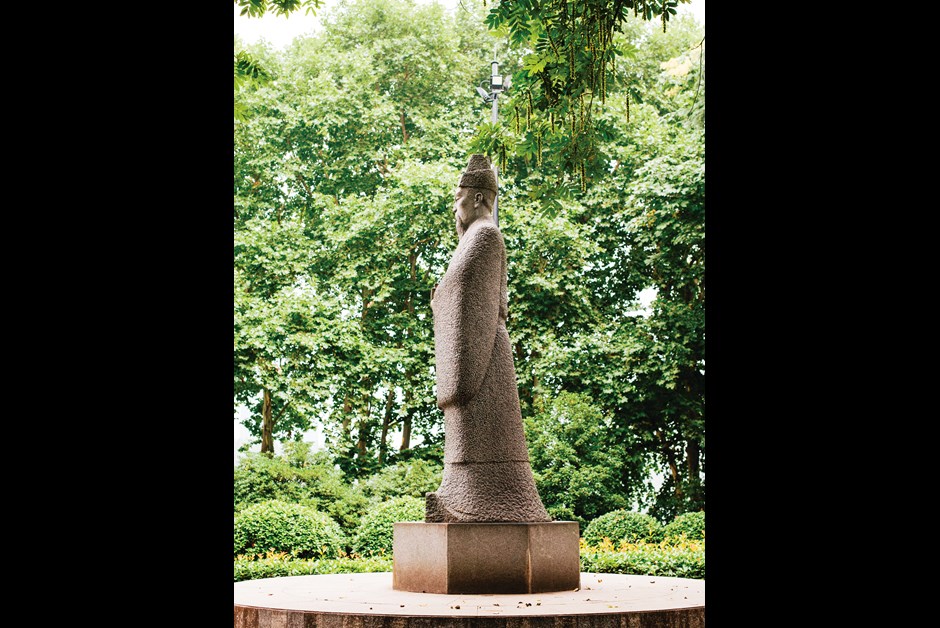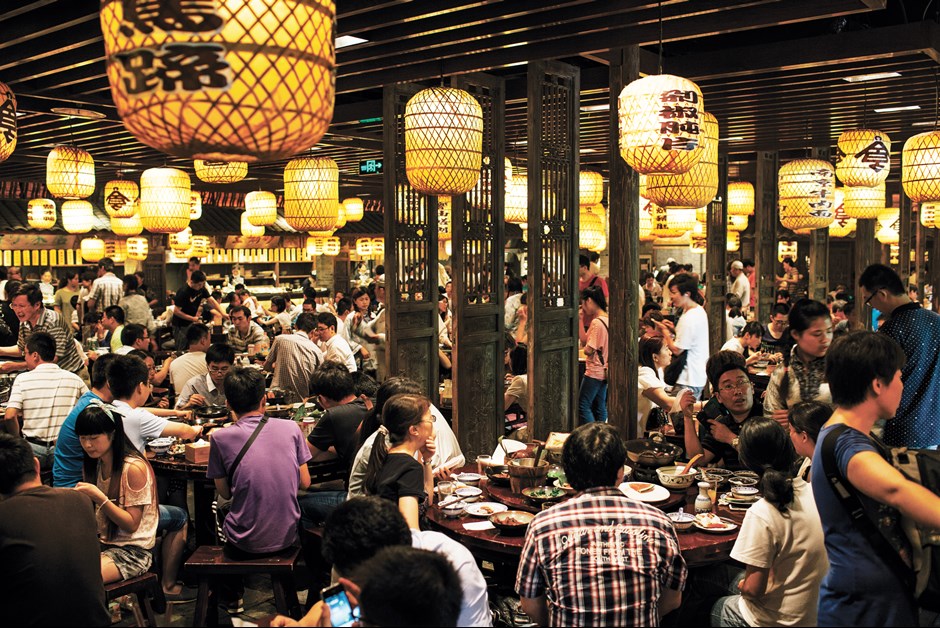Nanjing Here and Now
Nanjing Here and Now
A first-person look at this booming Chinese city reveals an ancient, historic center turned modern metropolis.
By: Adam Leith Gollner
Photos by: Grant Harder
I sense it the second we pull into the city. The explosive growth in Nanjing is more than just facts or figures or headlines in the business section – it’s audible. As my bullet train from Shanghai glides into the massive train station (a 180-mile journey in a mere 90 minutes), I am greeted by the sound of construction. “So loud,” says the 20-something engineering student next to me as he awakens from a nap. He looks out the window and brightens as the scene switches from fields to glass and steel. “But I love it.”
With an average of two foreign firms opening offices here every single day, Nanjing is hurtling full-tilt into the future. The volume may be turned up, but to everyone in this growing city (its eight million inhabitants are dwarfed by the 20-million-plus populations of Shanghai and Beijing) it is music to the ears. For all that bustle means growth, progress and prosperity – three words synonymous with success in modern-day China, even when centuries of history are never far away.
As it turns out, the symphony of urban development pairs nicely with the music in my taxi, a cosmic blend of midi trumpets, harp swoops and interstellar pan flutes that I can only describe as “Epic Zen.” The soundtrack serenades me as the high-rises give way to the city’s richest heritage spot: Purple Mountain, a wooded park that packs natural beauty and a history lesson into about 5,000 acres.
History buffs, myself included, head straight to the UNESCO World Heritage-designated Ming Xiaoling mausoleum, built in the 14th and 15th centuries when Nanjing was the largest city in the world. Strolling along the sculpture-lined Sacred Path, I learn that Nanjing wasn’t just a capital city for 10 separate dynasties
